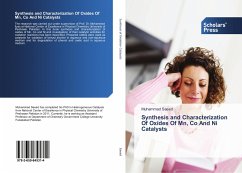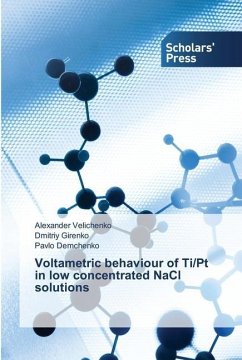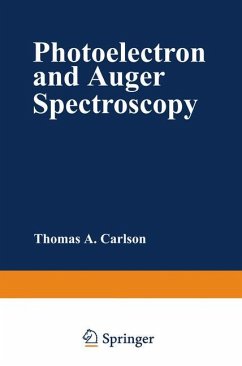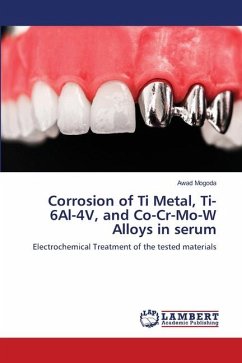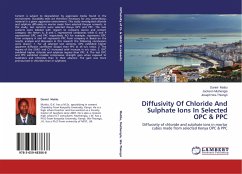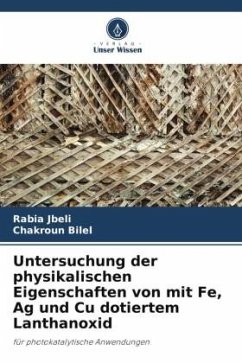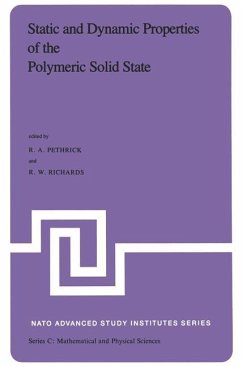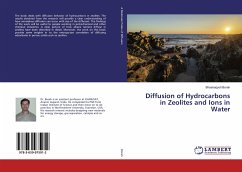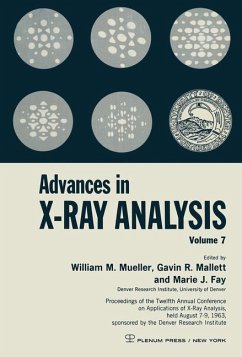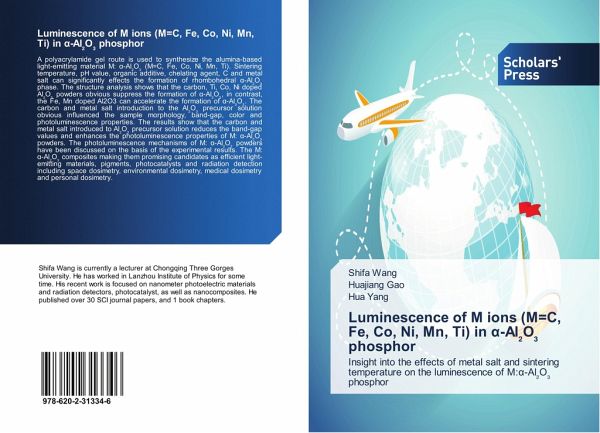
Luminescence of M ions (M=C, Fe, Co, Ni, Mn, Ti) in ¿-Al¿O¿ phosphor
Insight into the effects of metal salt and sintering temperature on the luminescence of M:¿-Al¿O¿ phosphor
Versandkostenfrei!
Versandfertig in 6-10 Tagen
34,99 €
inkl. MwSt.

PAYBACK Punkte
17 °P sammeln!
A polyacrylamide gel route is used to synthesize the alumina-based light-emitting material M: -Al2O (M=C, Fe, Co, Ni, Mn, Ti). Sintering temperature, pH value, organic additive, chelating agent, C and metal salt can significantly effects the formation of rhombohedral -Al2O phase. The structure analysis shows that the carbon, Ti, Co, Ni doped Al2O powders obvious suppress the formation of -Al2O , in contrast, the Fe, Mn doped Al2O3 can accelerate the formation of -Al2O . The carbon and metal salt introduction to the Al2O precursor solution obvious influenced the sample morphology, band-gap, col...
A polyacrylamide gel route is used to synthesize the alumina-based light-emitting material M: -Al2O (M=C, Fe, Co, Ni, Mn, Ti). Sintering temperature, pH value, organic additive, chelating agent, C and metal salt can significantly effects the formation of rhombohedral -Al2O phase. The structure analysis shows that the carbon, Ti, Co, Ni doped Al2O powders obvious suppress the formation of -Al2O , in contrast, the Fe, Mn doped Al2O3 can accelerate the formation of -Al2O . The carbon and metal salt introduction to the Al2O precursor solution obvious influenced the sample morphology, band-gap, color and photoluminescence properties. The results show that the carbon and metal salt introduced to Al2O precursor solution reduces the band-gap values and enhances the photoluminescence properties of M: -Al2O powders. The photoluminescence mechanisms of M: -Al2O powders have been discussed on the basis of the experimental results. The M: -Al2O composites making them promising candidates as efficient light-emitting materials, pigments, photocatalysts and radiation detection including space dosimetry, environmental dosimetry, medical dosimetry and personal dosimetry.



